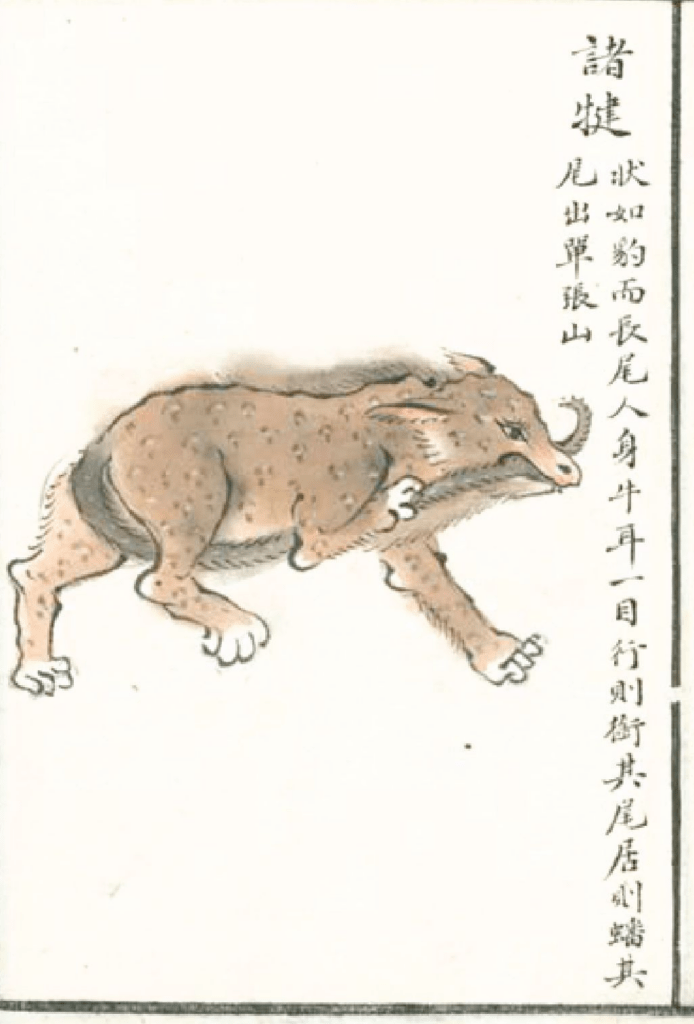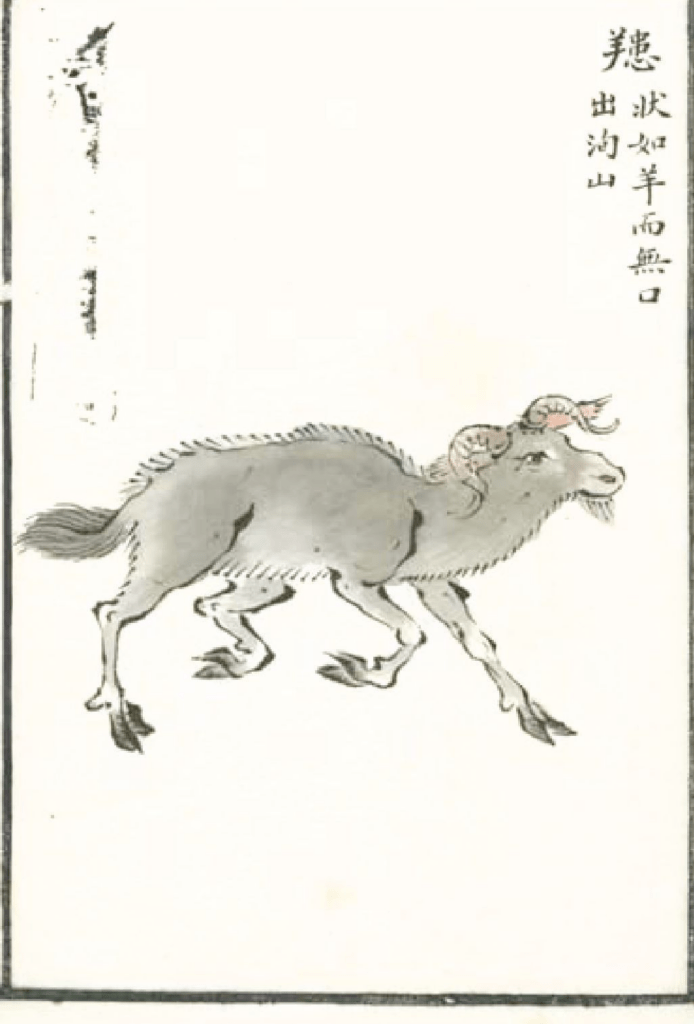During his tenure as the magistrate of Liangdang County(兩當縣) in Shaanxi(陝西), Tu Chiwen(屠赤文) had a cook named Zhang(張某) under his command. Zhang, a powerful and hearty eater, possessed immense strength and a robust stature but lacked his left ear. Tu Chiwen inquired about the cause of his missing ear, and Zhang recounted his experience.
“I hail from Sichuan(四川), where my family for three generations lived off hunting. We owned an extraordinary book passed down through generations, teaching hunters a peculiar skill: by catching a breeze and sniffing it, one could discern the approach of any wild beast.





![ShanHui/山[犭軍]: shaped like a dog with a human face,skilled in throwing objects and laughs when it sees people. It moves as fast as the wind. Whenever it appears, the world will be filled with strong winds.](https://weirdtales.me/wp-content/uploads/2024/01/image-16-694x1024.png)




